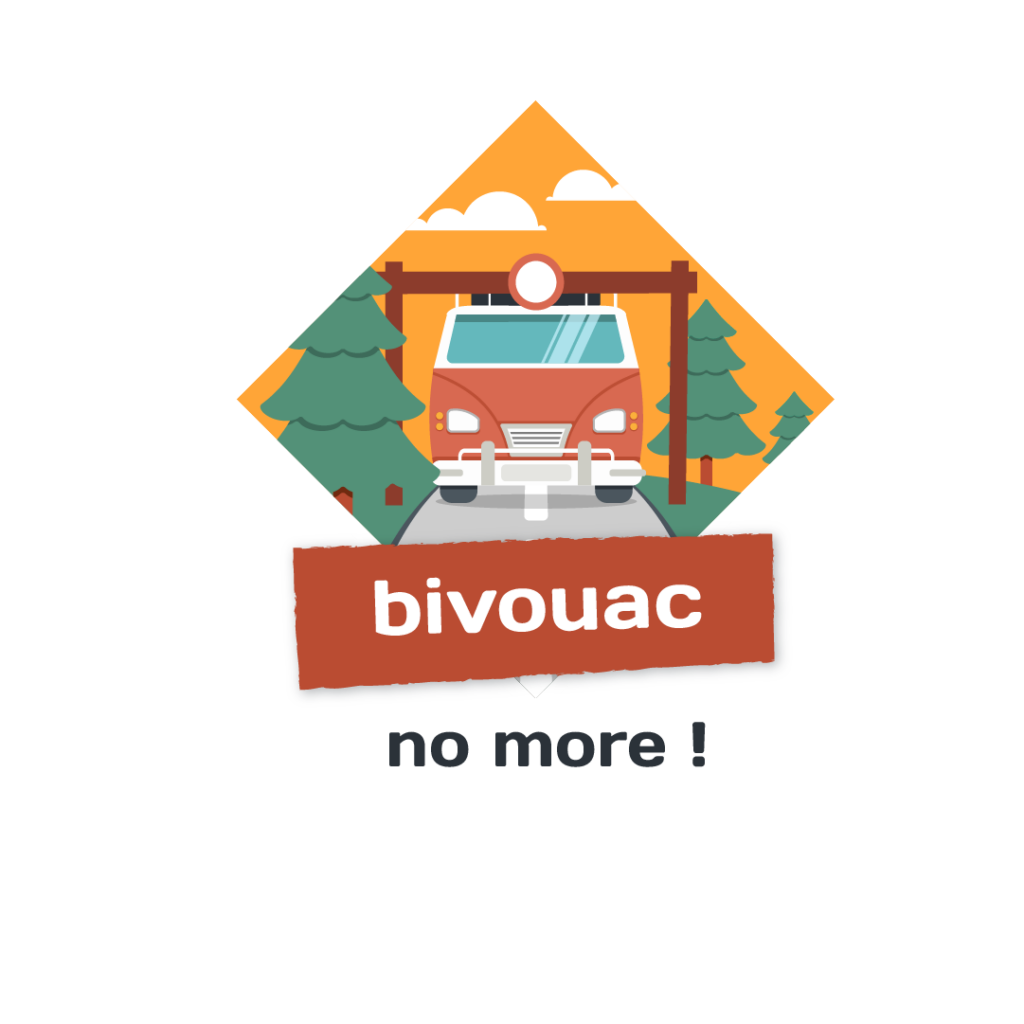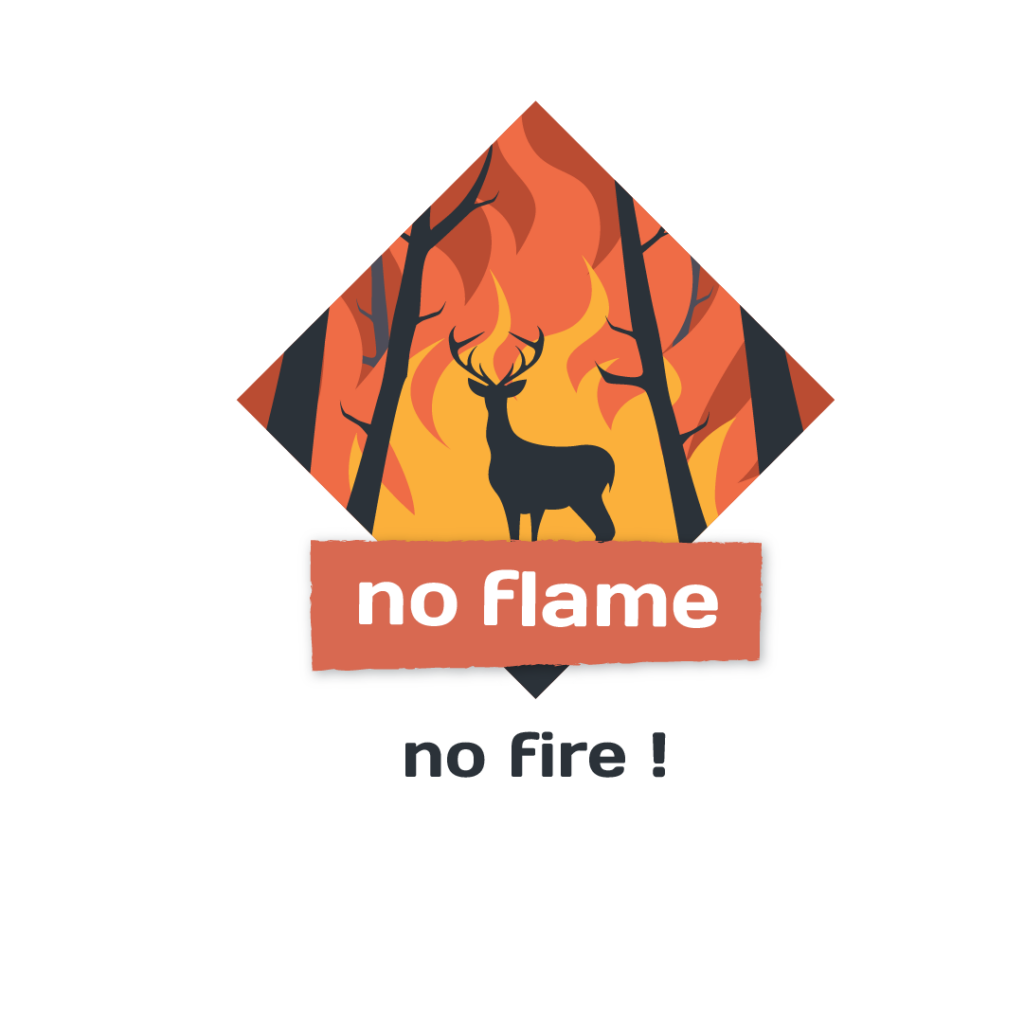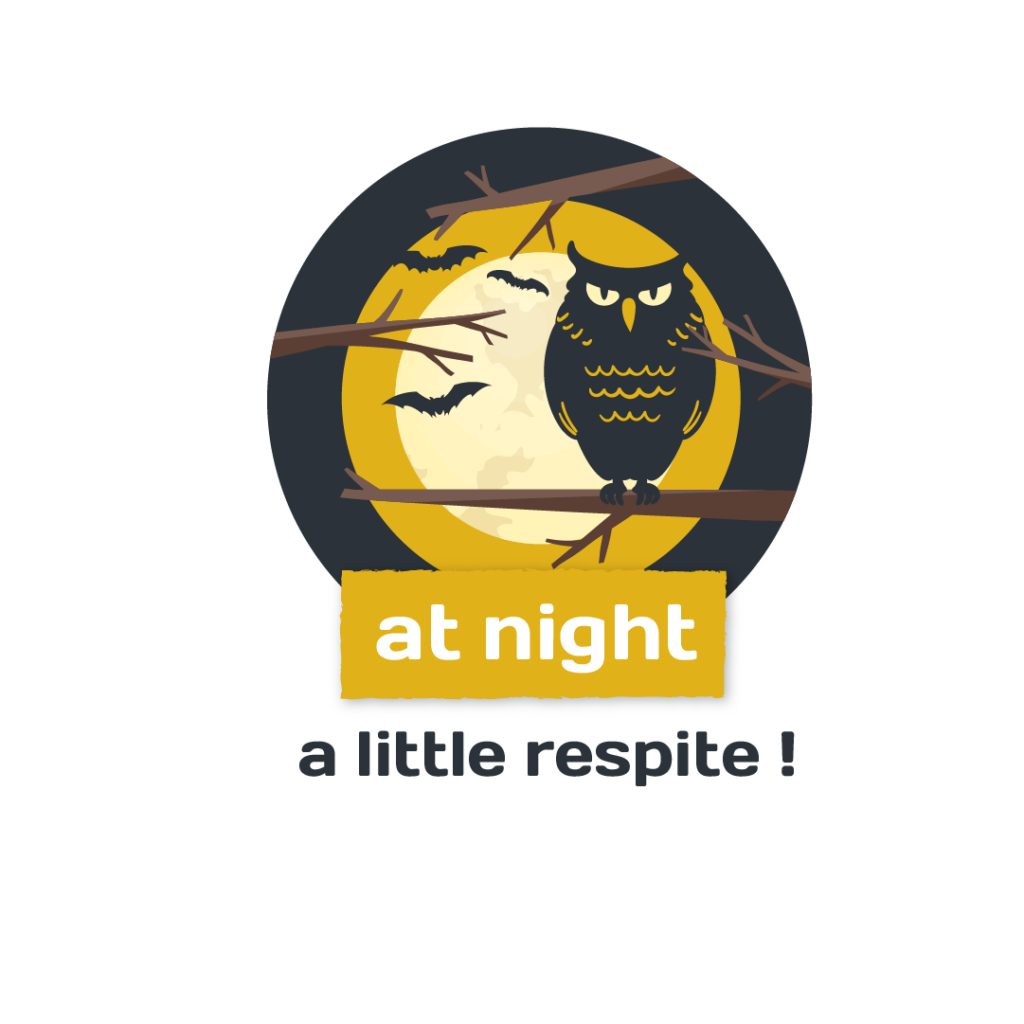Climbing ethics
#RespectBleau
Respect Bleau is a series of short films designed to reach out to all indoor climbers in France, Europe and the rest of the world. It targets the ones comingto try out the Bleau crags. The film is intended to be screened on social networks, in climbing gyms and as first parties. So far we’ve been able to finance 4 episodes, and have 6 more in the pipeline.

After the explosion of #vanlife all over the world, the forest car parks, where it has always been forbidden to stay overnight, have seen a few years of excess and madness, turning into base camps with worrying impacts: rubbish, noise, light… A new ban on parking between 10pm and 6am has been put in place and given the lack of ‘simple’ alternatives it is crucial to get the message across.
There’s nothing sadder than seeing trees that have grown for decades or even fifty years… go up in smoke. It’s very sad to see fifty firefighters and foresters mobilised for an avoidable human error. The forest of Fontainebleau is not a temperate forest like the others, it is dry and fires are led by the ground, no room for error.


The aesthetics of night climbing seem to be more important to many climbers than the effects of the discomfort and light pollution they generate. In fact, it’s rare for the climbing to be more marked – to blue – at night than during the day. Floodlights and noise are major disturbances that disrupt the rhythm and balance of many species, many of which are endangered or protected.
Fontainebleau sandstone is a sedimentary rock made of silica, and every time we climb with sand on our hands or feet, we contribute to polishing the holds. Already tired holds are prone to breakage when stressed after rain… andchalk that accumulates on grips forms a slippery, greasy crust. In short, you need to brush your shoese, minimise the chalk and brush holds after each use.

Join us
The festival will offer an opportunity to fix what can be fixed, or at least to learn how to fix it: erosion, clean up workshops, boulder brushing…and more discussions on the topic. To download the climbing ethics poster and other communication material.
